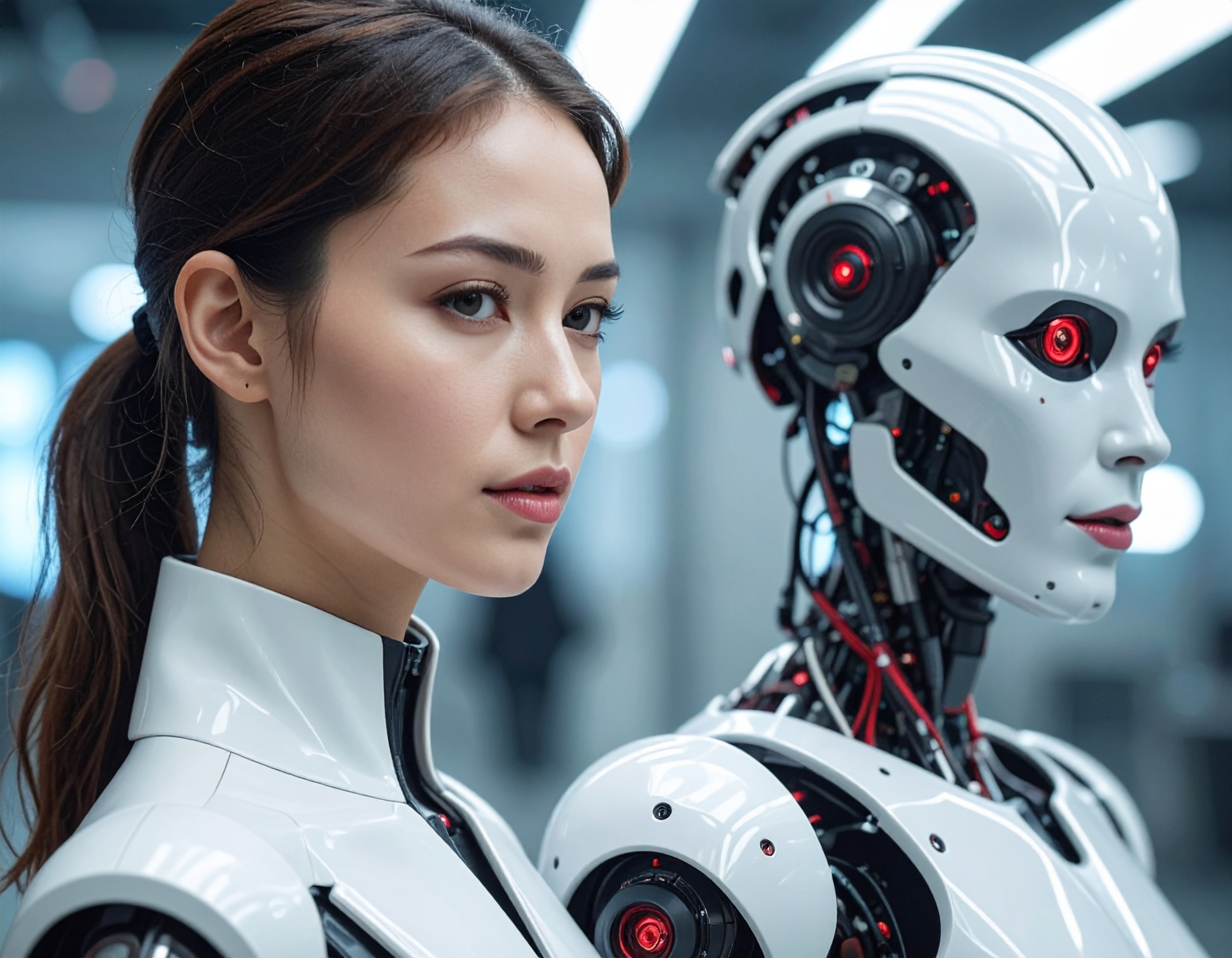When Non-Human Workers Take the Podium: China’s Robot Games Signal a New Era

Setting the Stage: Robots Take the Spotlight
Last week, from August 14 to 17, 2025, Beijing hosted the inaugural World Humanoid Robot Games, gathering 280 teams from 16 countries in a dramatic showcase of technological ambition and global competition . For example, Taishan—a robot dubbed the “plucky loser”—lost an arm, tumbled, yet still rose to finish a grueling 1,500 m race amid cheers . Chinese companies like Unitree Robotics and X-Humanoid dominated the events, sweeping medals in disciplines such as running, long jump, and kickboxing . These machines, our new AI Employees and Non-Human Workers, impressed and inspired—and revealed the stakes of the global tech race.
Why It Matters: A Leap Toward Humanoid Future
These Games represent more than entertainment—they’re a public lab for Voice AI Agents and embodied intelligence. The competitions included sprinting, long jump, soccer, boxing, dance routines, and simulated service scenarios in factories and hotels . Beyond medals, the event served as an open platform for international collaboration, where engineers from Brazil, Germany, Japan, and more tested and shared algorithms with Chinese hardware like the Booster Robotics T1 models .

Lessons Learned: Triumphs and Limitations
- Impressive wins: Unitree’s AI Employee runners grabbed gold in races such as 100 m, 400 m, 1,500 m, and relays; Booster Robotics’ autonomous T1 bots excelled in robot soccer championships .
- Glitches on display: Some bots stumbled—literally—losing heads mid-race or collapsing during kickboxing matches, exposing challenges in balance, coordination, and dexterity .
- Strategic importance: Experts say China’s push is not just for show—it’s part of a larger strategy to compensate for labor shortages and aging populations, using humanoid robots in elder care and industry .
- Economic pressure: Observers warn the West may face deindustrialisation as China surges ahead in high-tech manufacturing and robotics .
Looking Forward: From Arena to Everyday Life
This Robot Games debut underscores robotics becoming more accessible: Unitree’s latest humanoid R1 dropped to 39,900 yuan (~£4,100) in July—down sharply from the G1’s 99,000 yuan . With costs falling, humanoid robots are edging toward consumer-friendly pricing. In China, robot nurse assistants and remote telesurgery systems already hint at real-world adoption .
Still, experts urge patience. Many tasks—like vacuuming or handling kitchen tools—remain elusive due to technological and safety hurdles . Yet, the Games demonstrated that as Non-Human Workers become more capable, the day when a Voice AI Agent or humanoid companion is part of everyday life may be closer than we think.
Key Highlights:
- When: August 14–17, 2025 – inaugural World Humanoid Robot Games in Beijing
- What happened: 280 teams, 16 countries; Chinese AI Employees dominated in athletic and performance challenges
- Significance: Showcased embodied AI, accelerated high-tech export leadership, and sparked concern about Western deindustrialisation
- Examples: Taishan robot completed 1,500 m race after toppling; Unitree runners swept races; T1 robots won soccer finals
- Takeaway: Robots are nearing affordability and real-world roles, though technological limitations remain
Reference:


